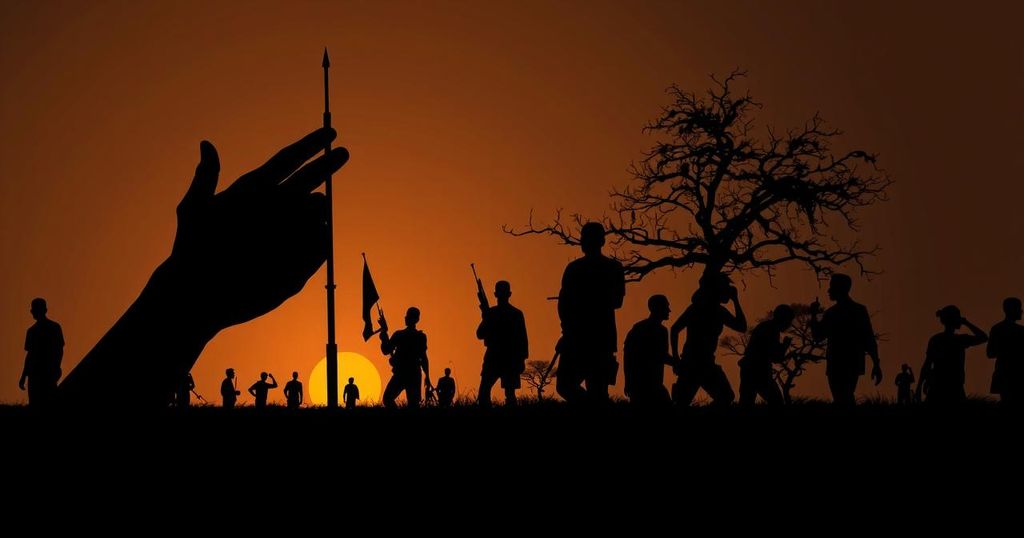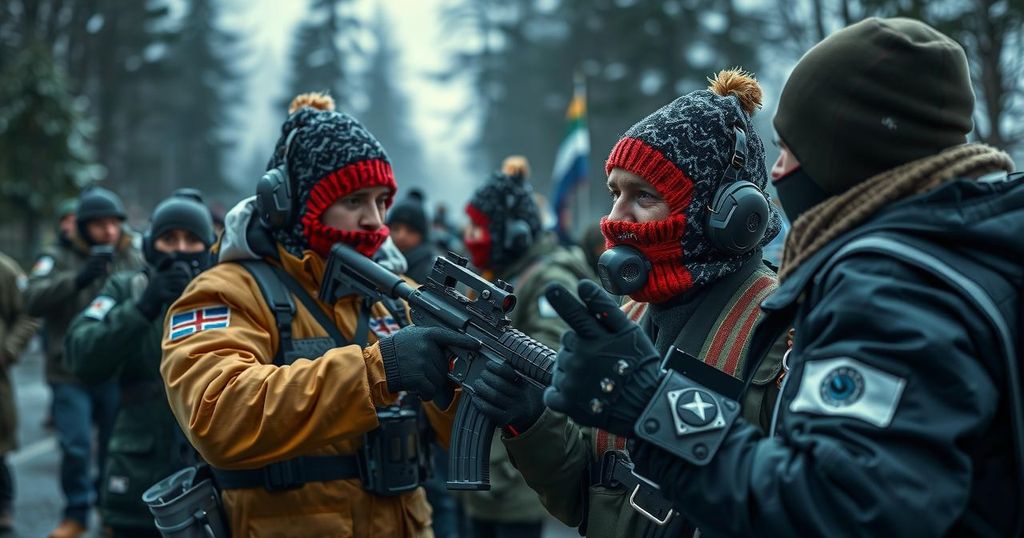The Resurgence of Civil War in South Sudan: A Historical Overview
The resumption of civil war in South Sudan traces its roots back to the rise of Muslim fundamentalism in the north during the years following the country’s independence. Initially negligible, the influence of Islamic factions, particularly the Muslim Brotherhood, began to permeate various sectors including the military and civil service by the 1980s. As President Jaafar Nimeiri experienced waning relationships with southern Sudanese and traditionalists in the north, he increasingly leaned on these radical groups for support while adopting increasingly autocratic governance. This shift culminated in the repeated dissolution of the southern legislative body and the imprisonment of dissenters, fostering resentment in the south towards his regime, which was perceived as corrupt and dismissive of southern interests.
Despite sporadic uprisings in the south after the Addis Ababa Agreement of 1972, which had aimed to quell tensions, these were swiftly suppressed. However, in 1983, the civil conflict reignited with intensified aggression between the predominantly African Christian and animist south and the largely Muslim Arab north. The mutiny of an army battalion at Bor on May 16, which fled to Ethiopia, led to the creation of the Sudanese People’s Liberation Army (SPLA) under Colonel John Garang. This rebellion was largely a reaction to Nimeiri’s unilateral restructuring of southern governance and his implementation of Islamic law, which antagonized both secular northerners and southerners.
Nimeiri initially sought to quell the rebellion through military force; however, his strategies inadvertently exacerbated humanitarian crises, resulting in widespread famine in the south. Facing a formidable armed uprising and mounting criticism in the north, Nimeiri was overthrown in a bloodless coup in April 1985. The subsequent government restoration led to elections in 1986 but was marred by political instability and ineffective leadership. Another coup ensued in June 1989 when General Omar Hassan Ahmad al-Bashir seized control, effectively enabling the National Islamic Front to consolidate power.
Bashir’s regime continued aggressive military campaigns in the south, facilitating the rise of Arab militias against Southern African factions, particularly targeting the Dinka. The government’s indifference toward humanitarian aid further deepened the crisis, as millions suffered from hunger and displacement. The Revolutionary Command Council ruled until 1993, transitioning to a civilian government, yet Bashir retained his presidency.
Throughout the civil war, infighting within rebel factions occasionally hampered efforts against the central government. While Garang sought a secular and unified Sudan, other leaders, like Riek Machar, pursued independence. Despite multiple cease-fires and negotiations throughout the late 20th and early 21st centuries, which aimed to resolve ongoing violence, the fundamental issues remained unresolved, leading to the deaths of over two million individuals and the displacement of millions more. A semblance of progress was achieved with peace agreements by 2005, however, the legacy of despair and destruction had already greatly affected the region. Overall, the historical context of these events underscores the complexity of South Sudan’s conflict, marked by deep ideological divides and a struggle for autonomy and recognition in the face of oppressive governance.







Post Comment